Heliography Project 1827-2027
Miniatures / Uniques
The First and the Last Gaze
Heliographs in the Age of Algorithmic Imagination
In 1827, Joseph Nicéphore Niépce exposed a pewter plate over several days to the view from his window — a heliograph drawn with sunlight: the first permanent photograph in the world. This moment marked the beginning of an era in which light became testimony, a material proof of lived time. Two hundred years later, in the digital age, this notion is beginning to dissolve.
Today, images are created in real time and in unimaginable quantities. Cameras mounted on Google cars, drones, and backpacks systematically capture the world. The technology behind Google Street View documents our everyday lives — emotionless, automated, seemingly objective. Yet it is precisely these images, fleeting and algorithmically generated, that reveal something about our present. They show people in passing, glances at phones, waiting bodies, random shadows — fragments of a daily life never meant for eternity.
I intervene in this digital archive, extract fragments, and bring them back into the material world using the technique of heliography. This retranslation is, for me, a gesture of resistance — against forgetting, against the fleeting surface of digital images. For only in physical form, exposed to aging, touch, and light, can an image unfold its original power.
-
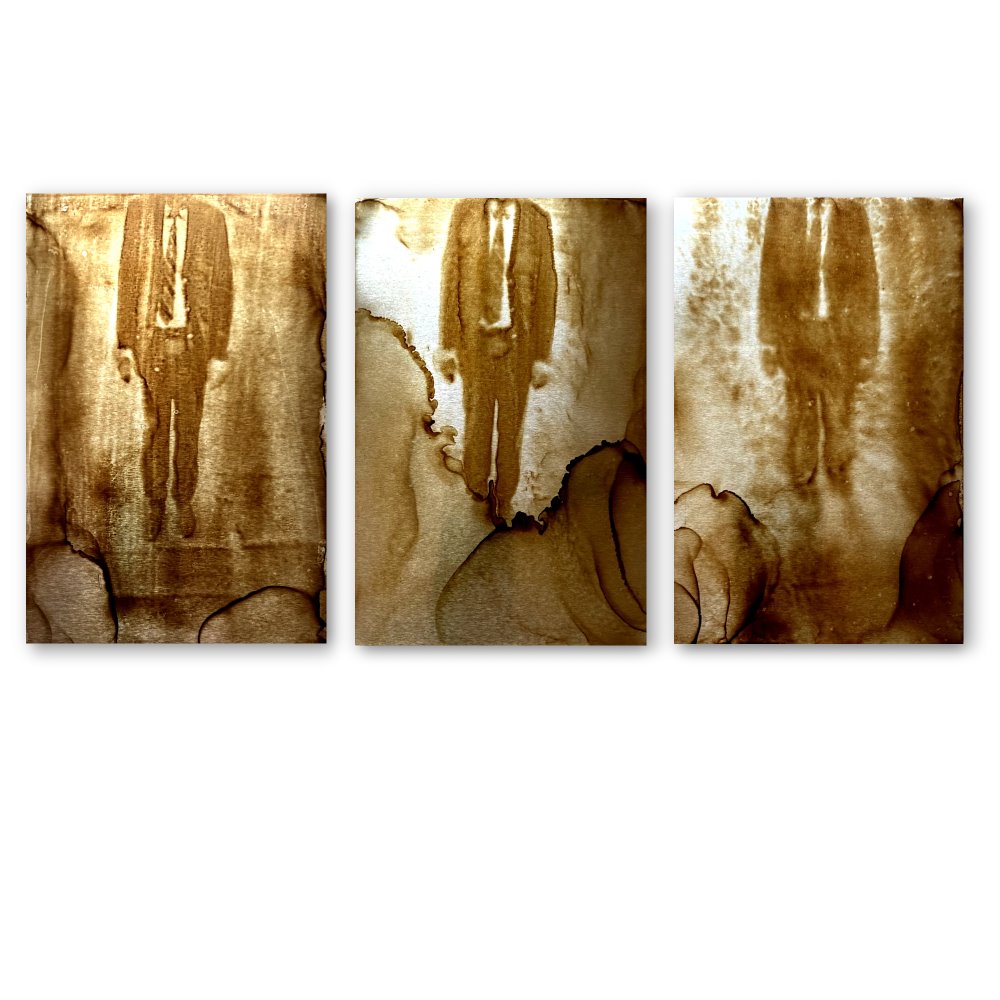
3x Heliography, Man with Umbrella in Paris, August 2012
339,00 € -
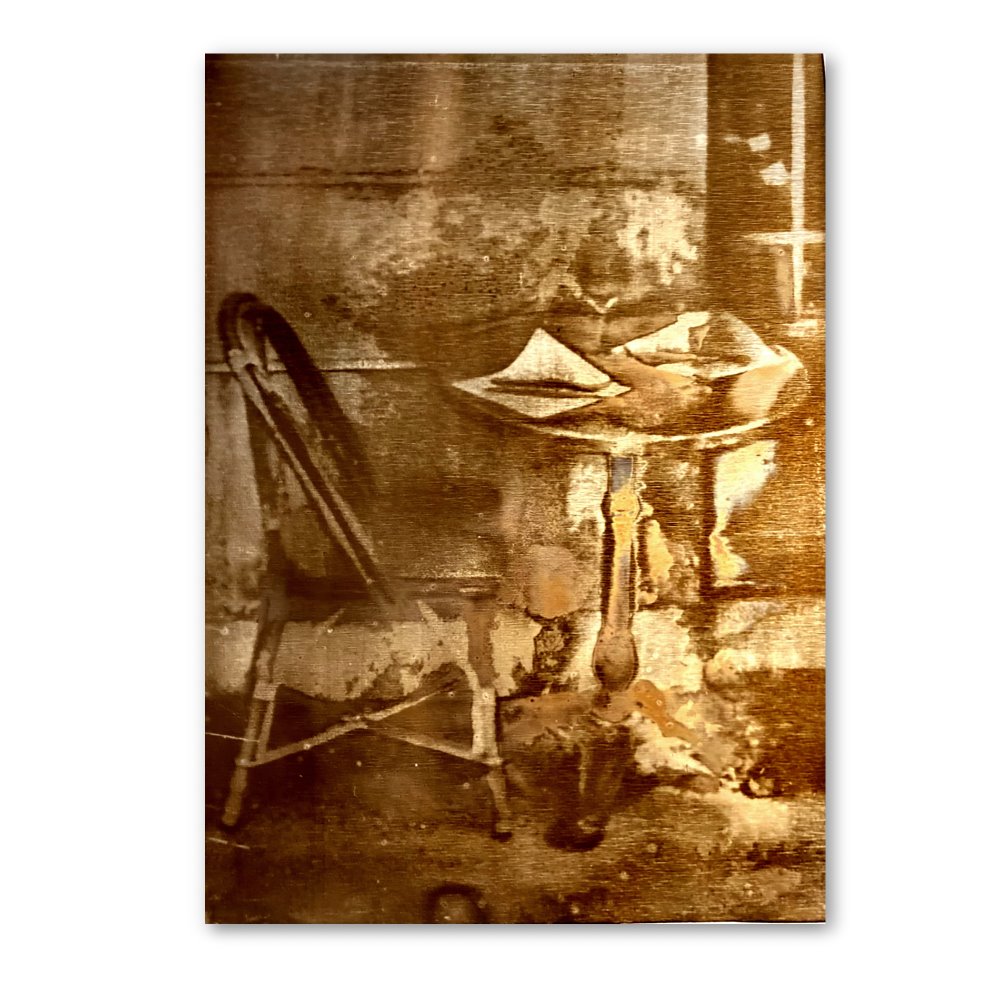
Heliography, A sunny afternoon in May 2018 in Paris, Unique
159,00 € -
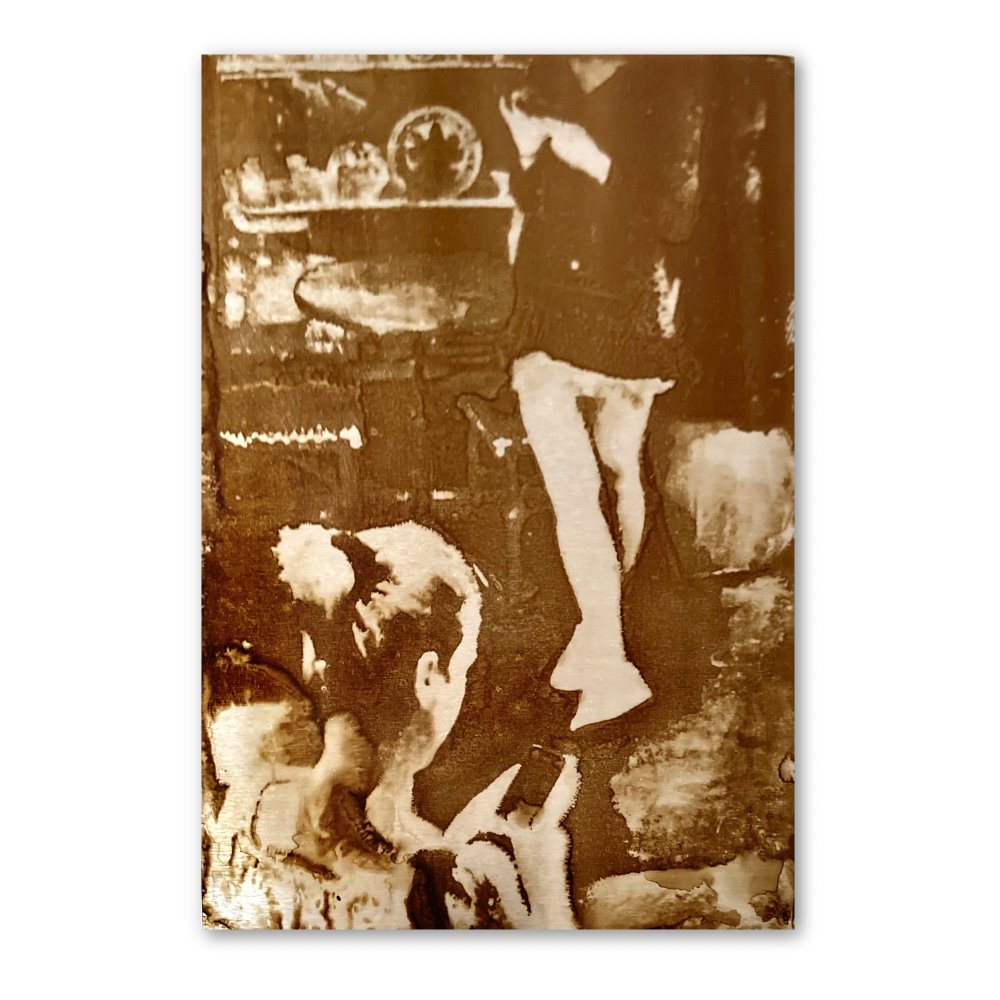
Heliography, Paris, Two Women with Smartphones, Rue Saint Dominique, Mai 2018, Unique
159,00 € -
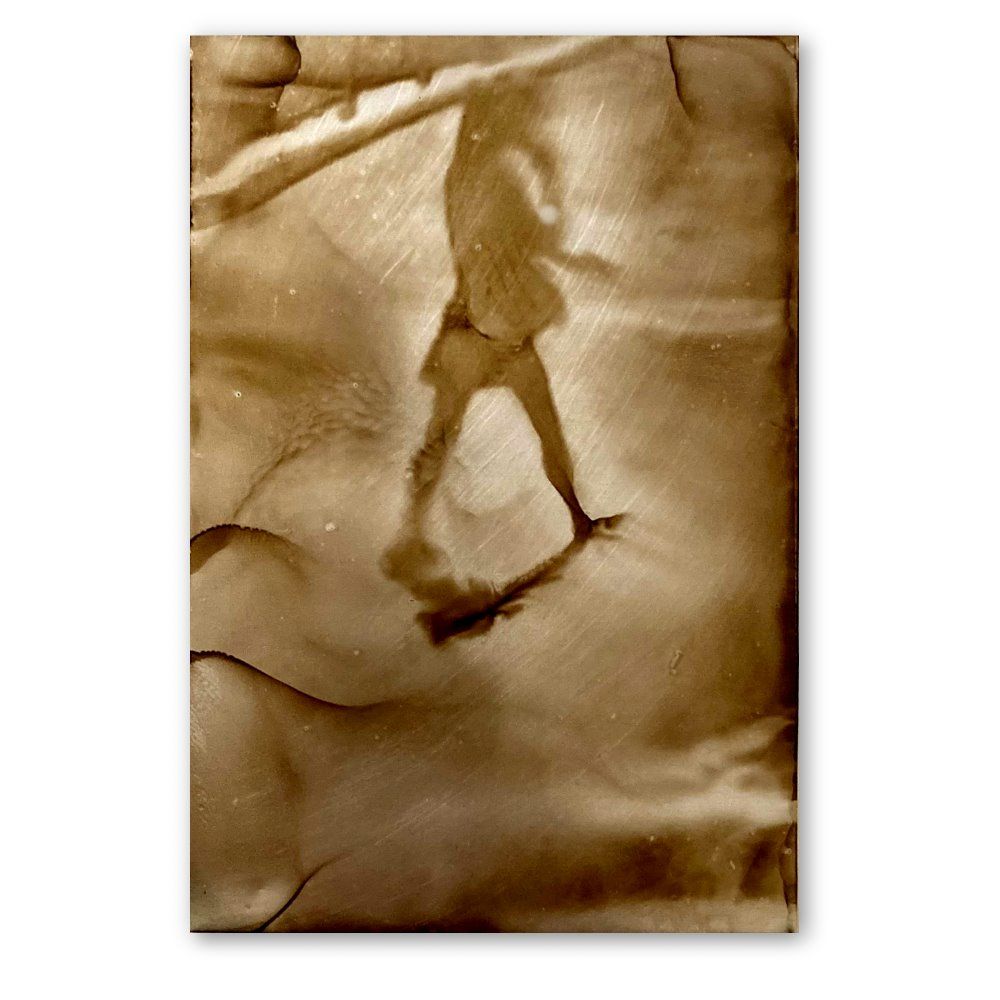
Heliography, Paris, woman with a phone, 38 Rue du Four, Unique
159,00 € -
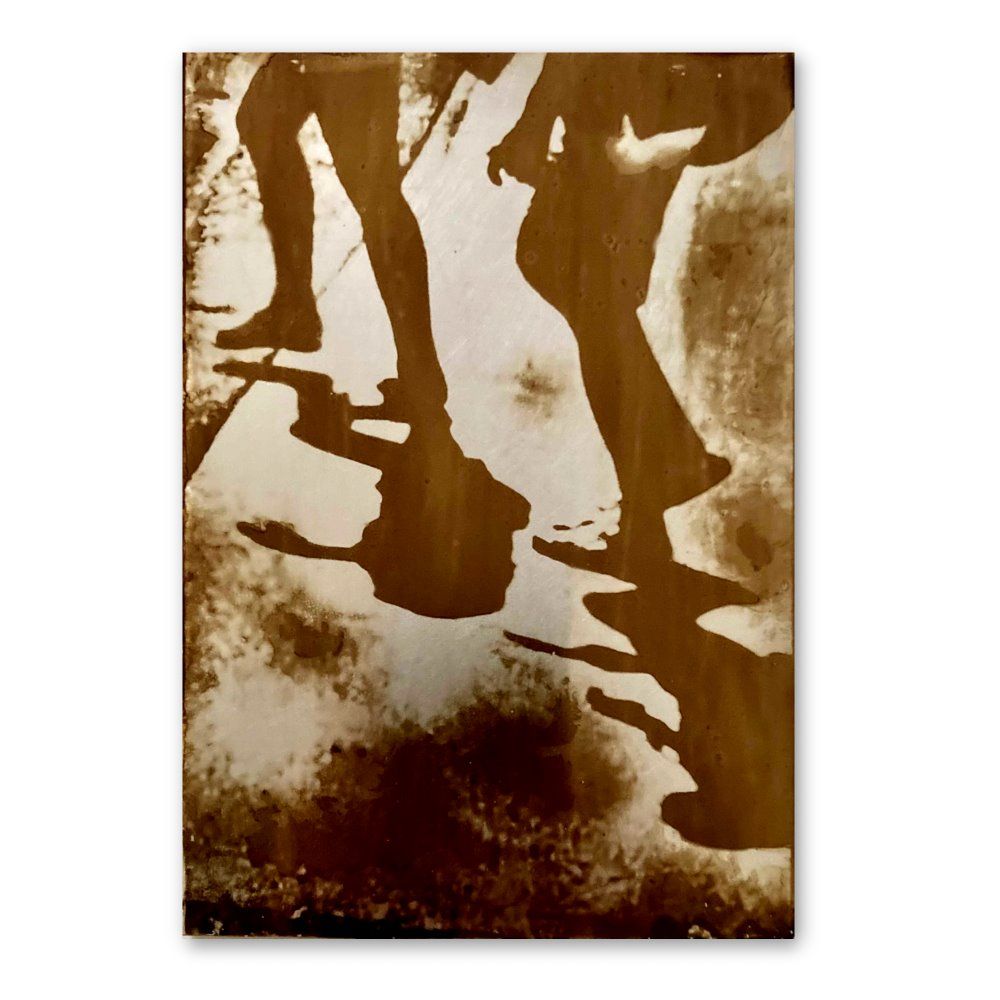
Heliography, Midday in Paris, August 2013, 17 Rue Beaubourg (sold out)
-
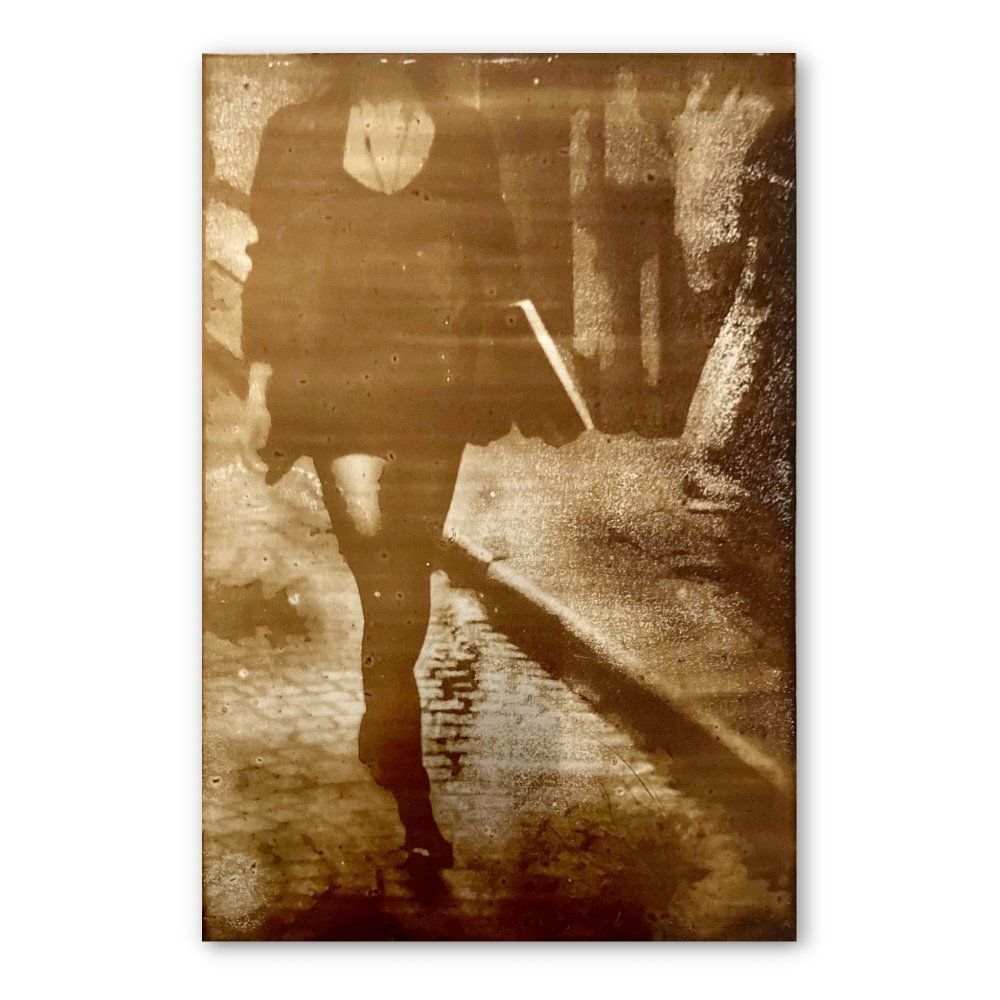
Heliography, Paris, Woman with a laptop at 24 Rue Saint-Sauveur, October 2022, Unique
159,00 € -

Heliography, A man with a Backpack, Centre Pompidou at 18 Rue Beaubourg, August 2013, around midday, Unique
159,00 € -
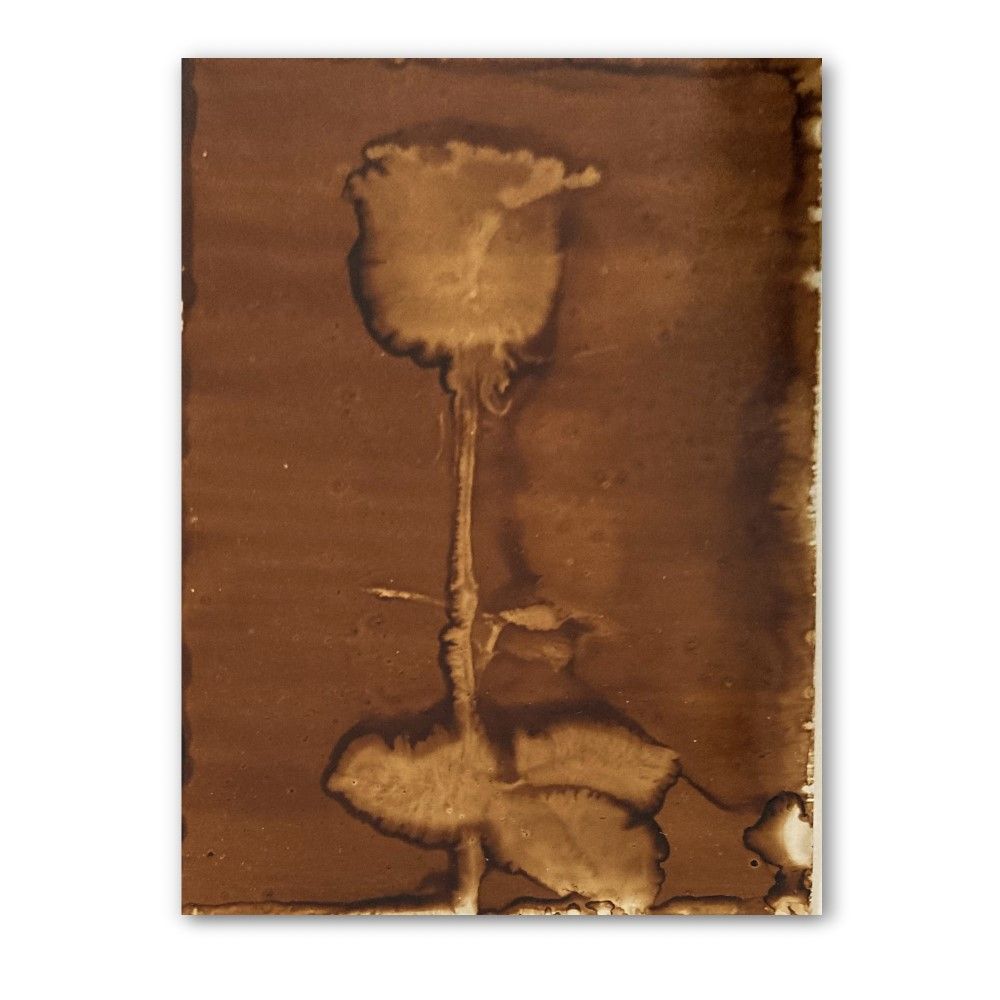
Heliography, Seven Roses for M. – Summer 2017 – the second Rose, Unique
159,00 € -
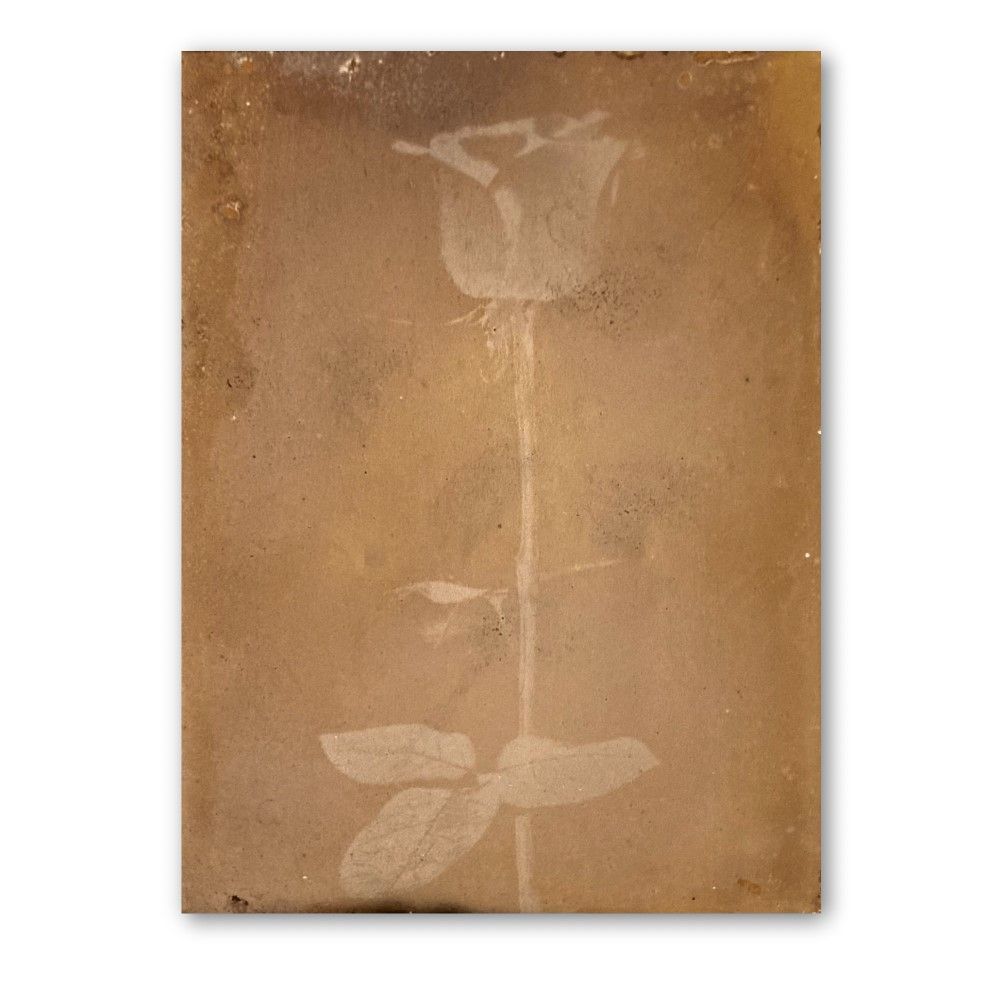
Heliography, Seven Roses for M. – Summer 2017 – the first Rose, Unique
159,00 € -

Heliography, Still Life with a Photograph
159,00 € -
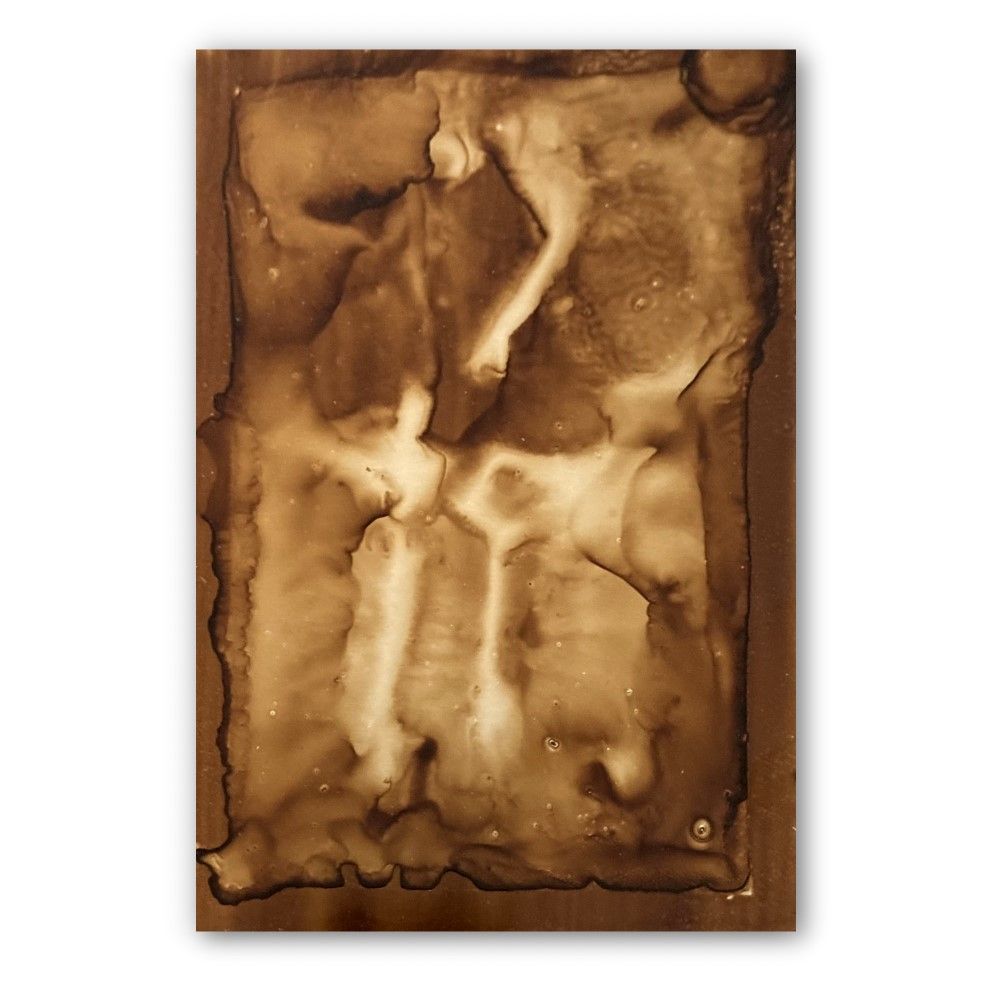
Heliography, Somewhere in Paris – in the summer of 2019
159,00 € -
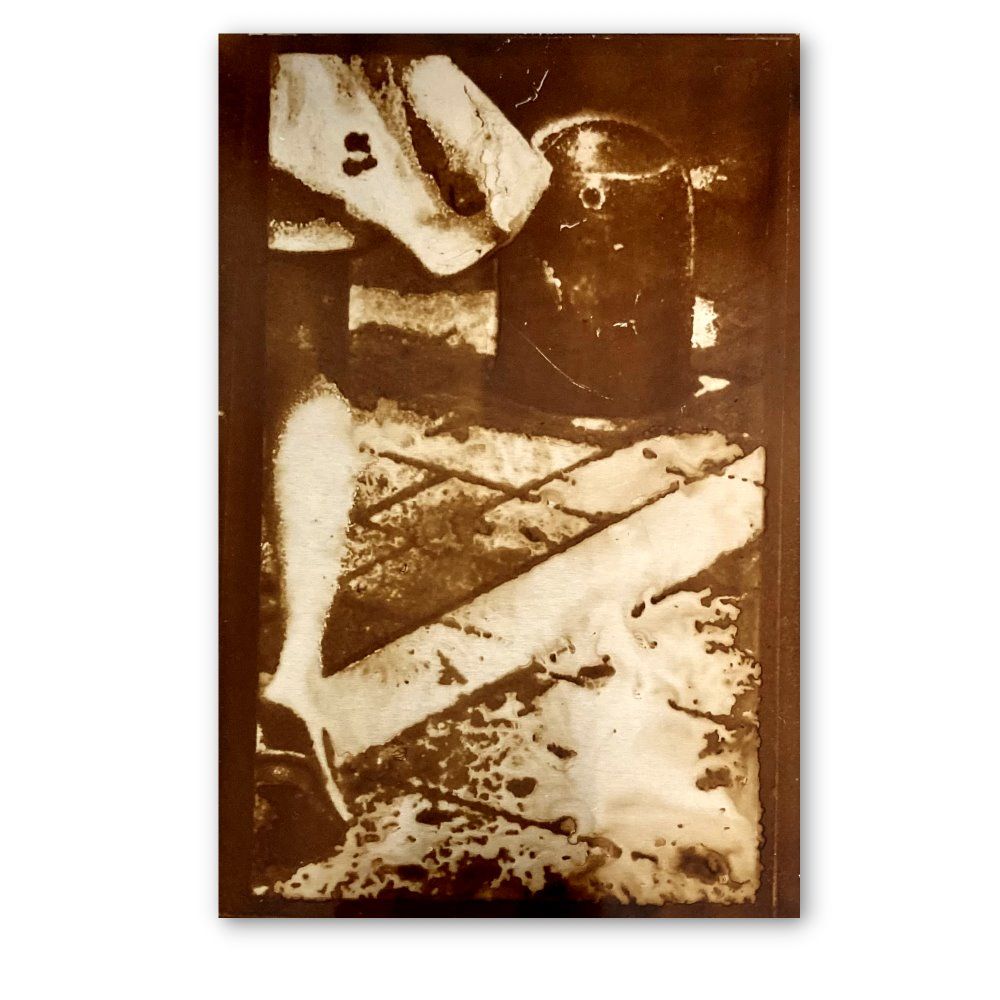
Heliography, Somewhere in Paris – in the summer of 2017 (sold out)
-
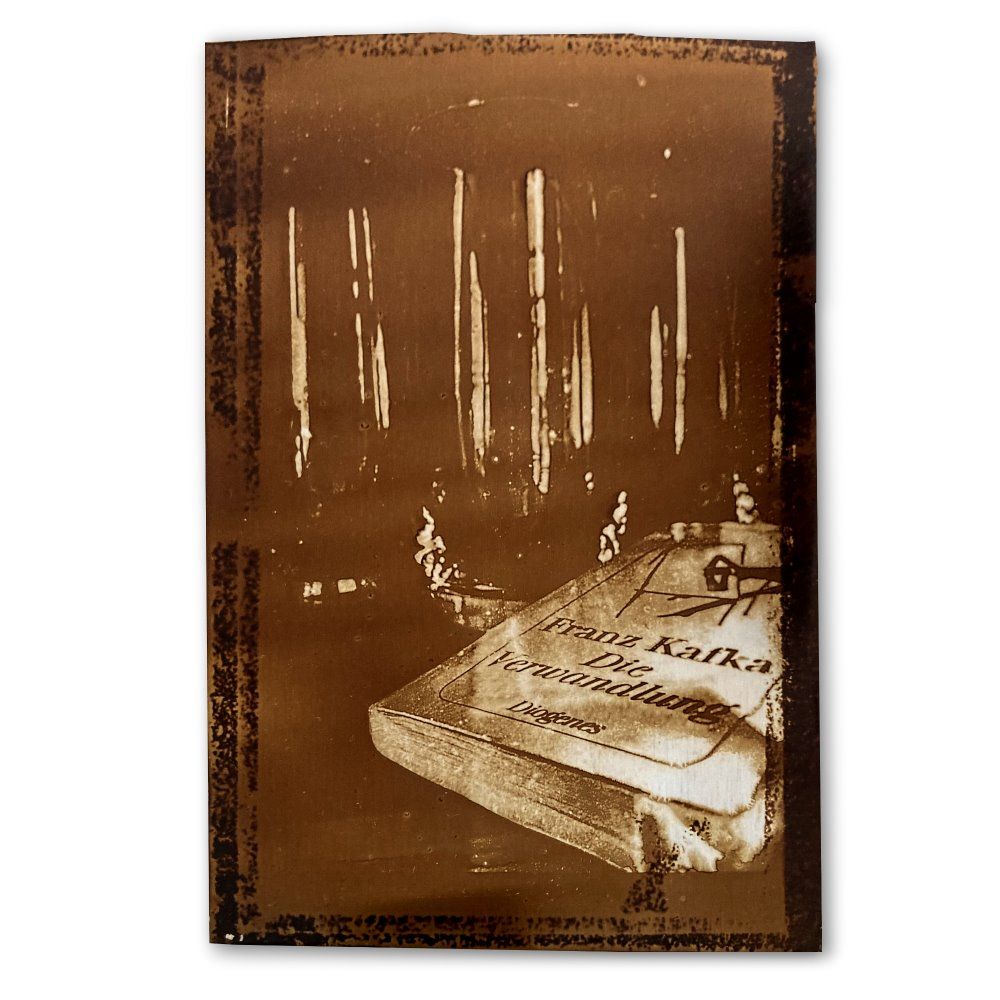
Heliography, die Verwandlung, Unique
159,00 € -
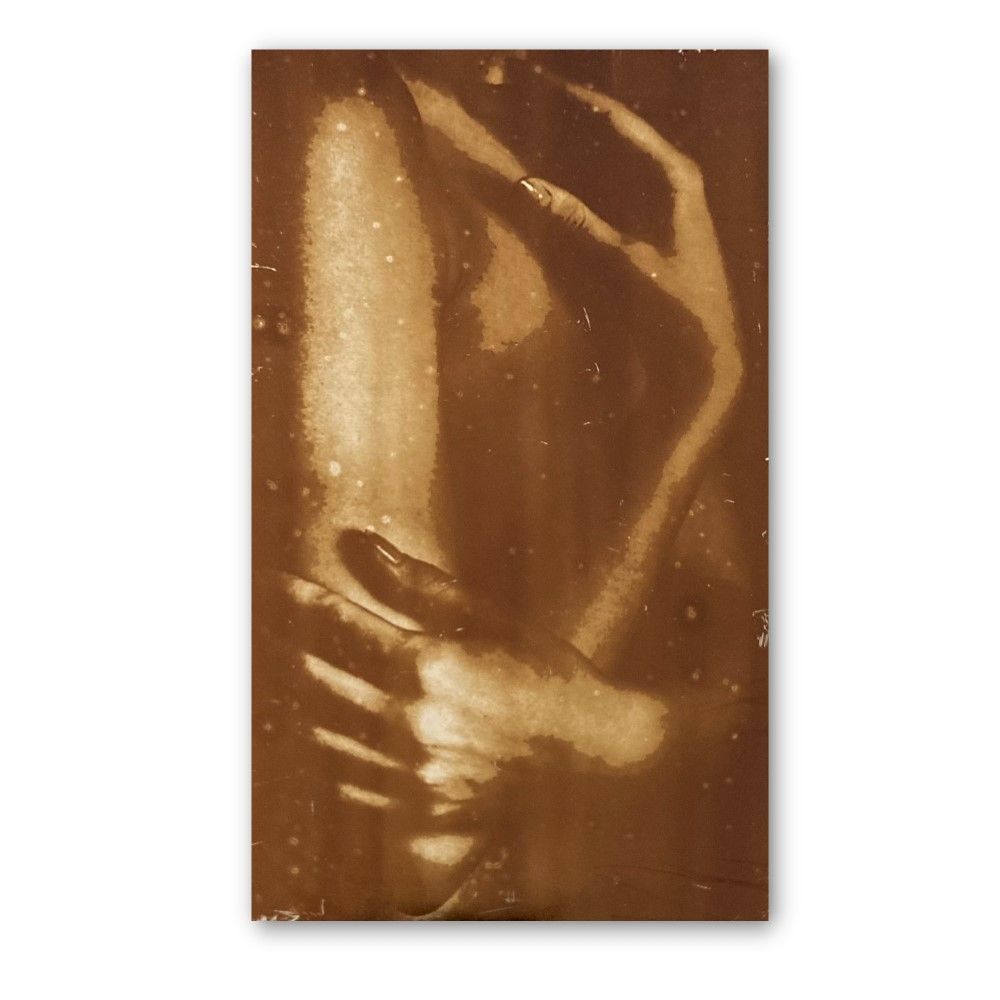
Heliography, The Embrace
159,00 € -

Heliography, The Clock
159,00 € -

Heliography, The Shadow and the Girl (sold out)
-
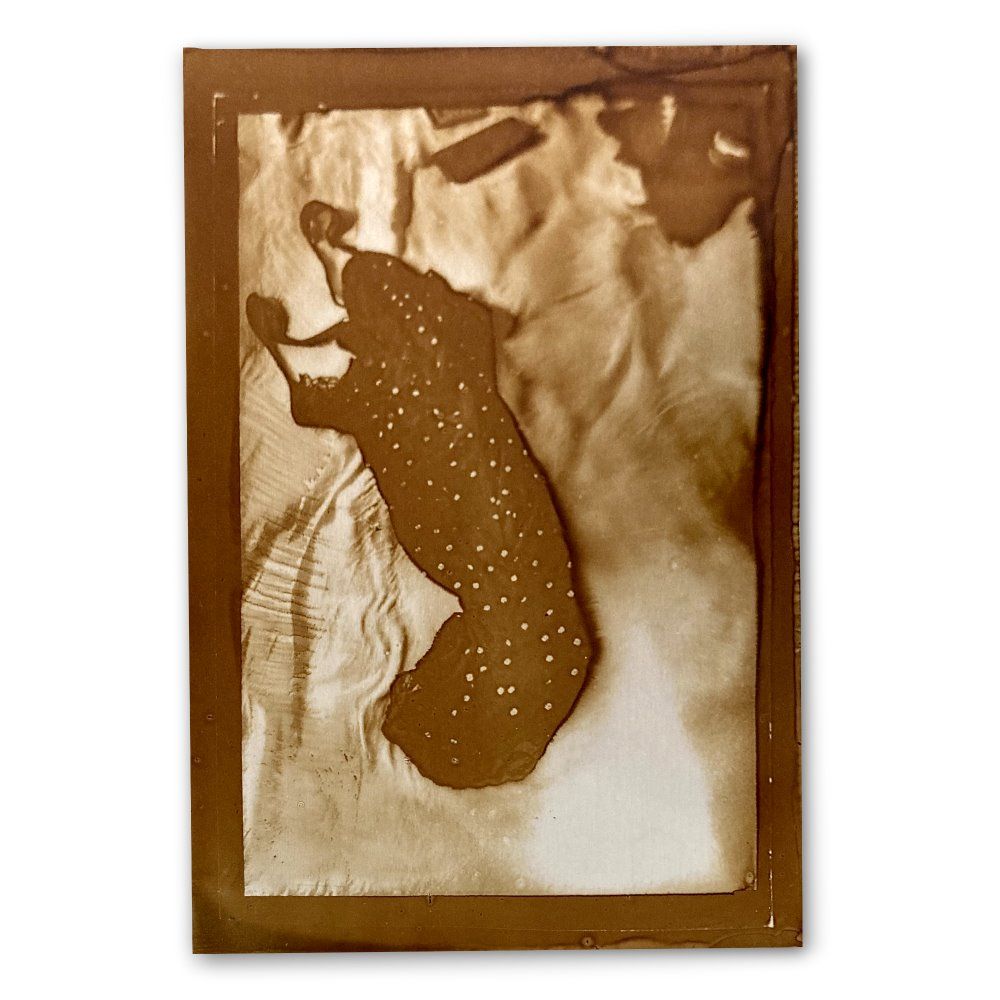
Heliography, The Dress
159,00 € -
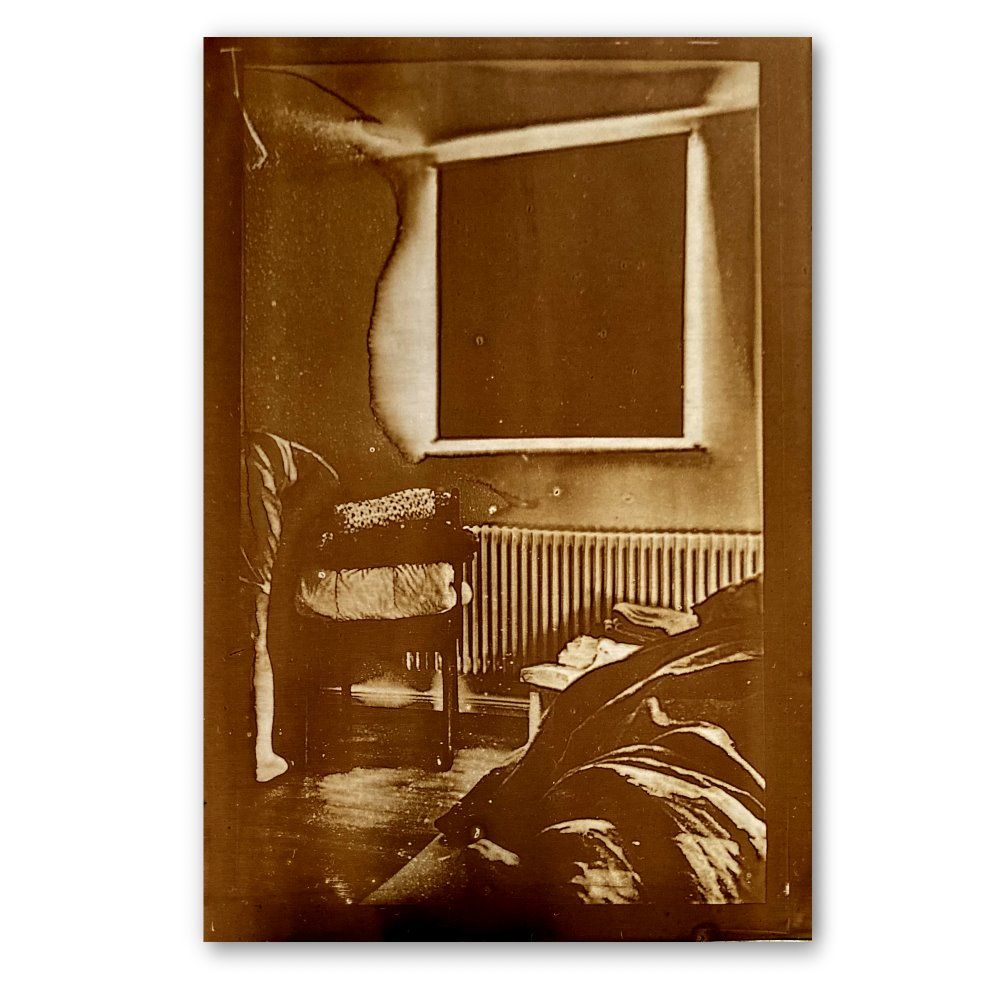
Heliography, The Window
159,00 € -
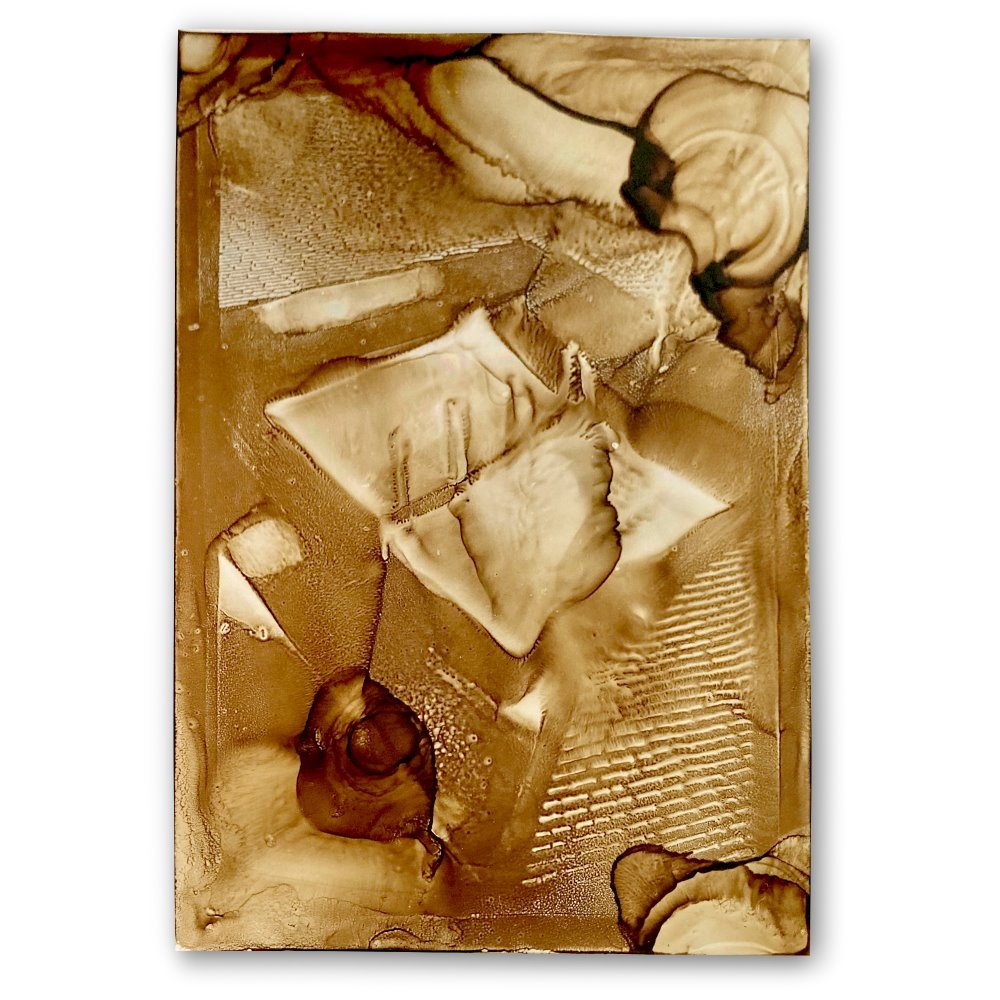
Heliography, The book
159,00 € -
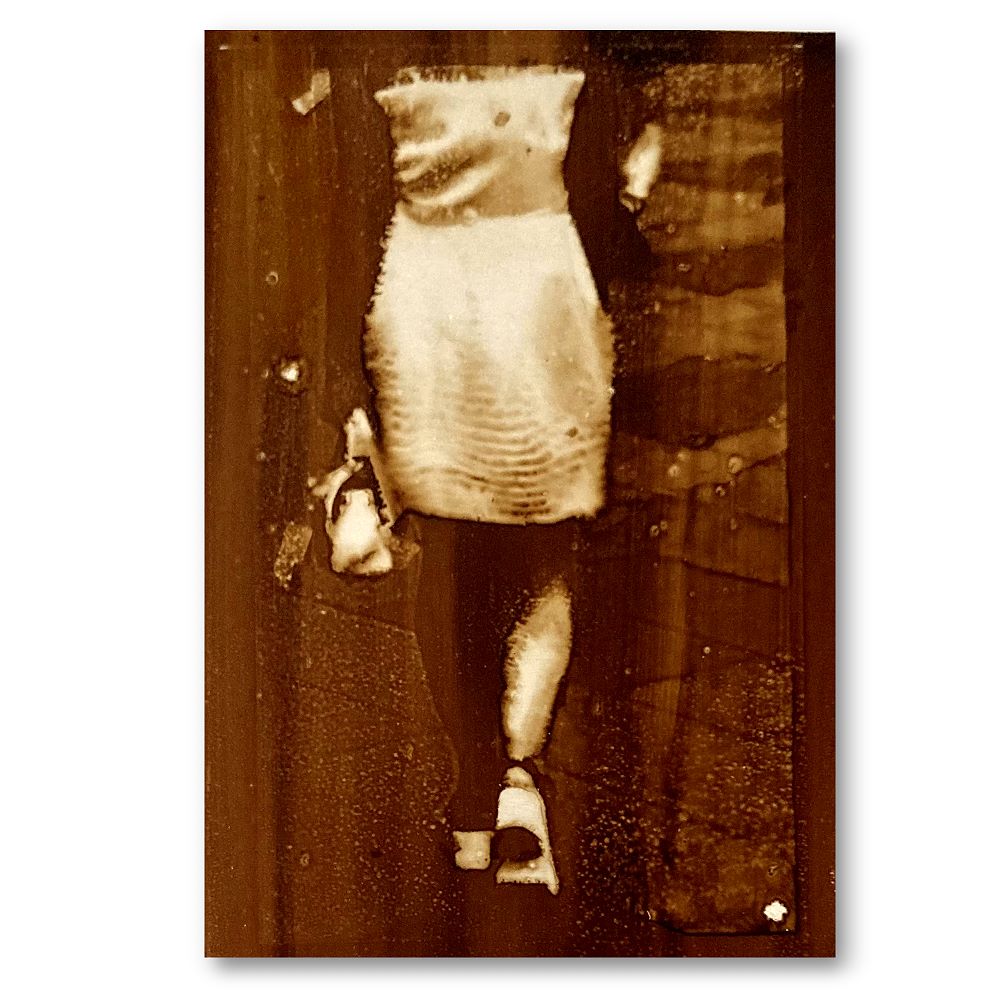
Heliography, Woman with bag (sold out)
-
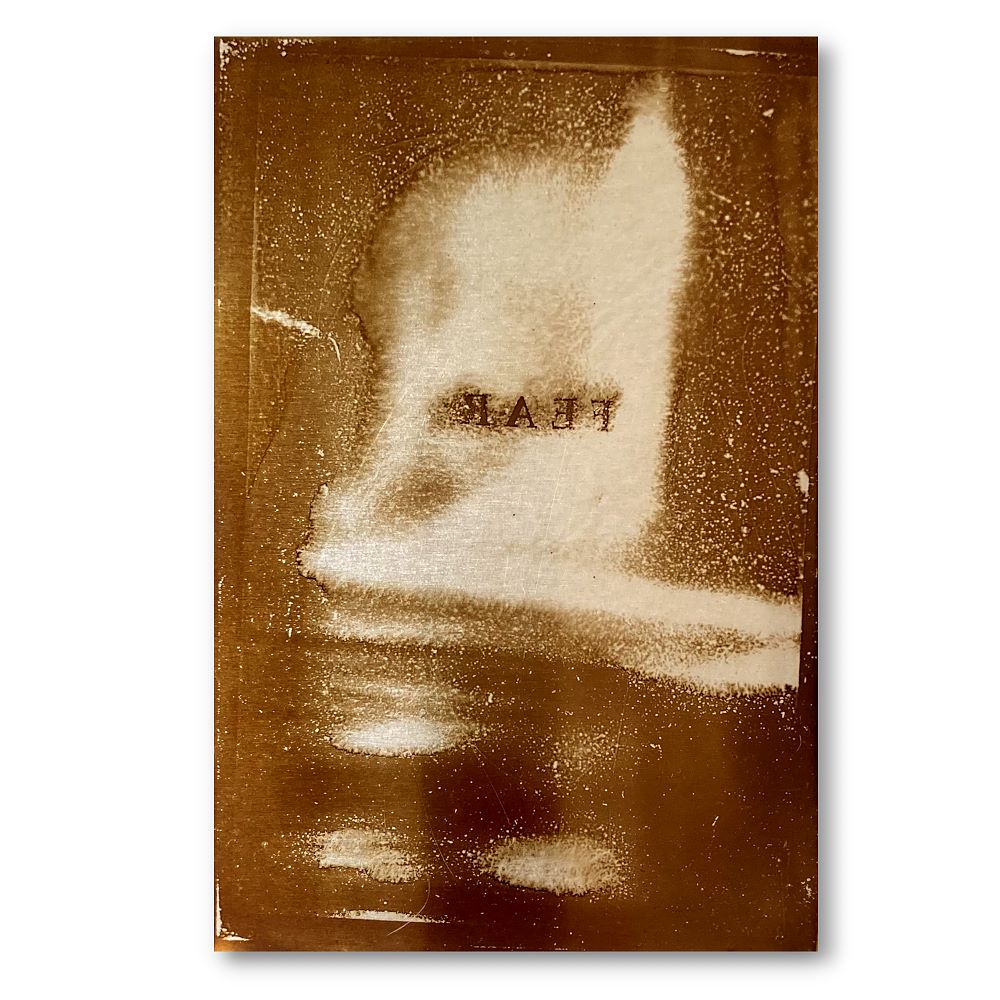
Heliography, Fear
159,00 € -
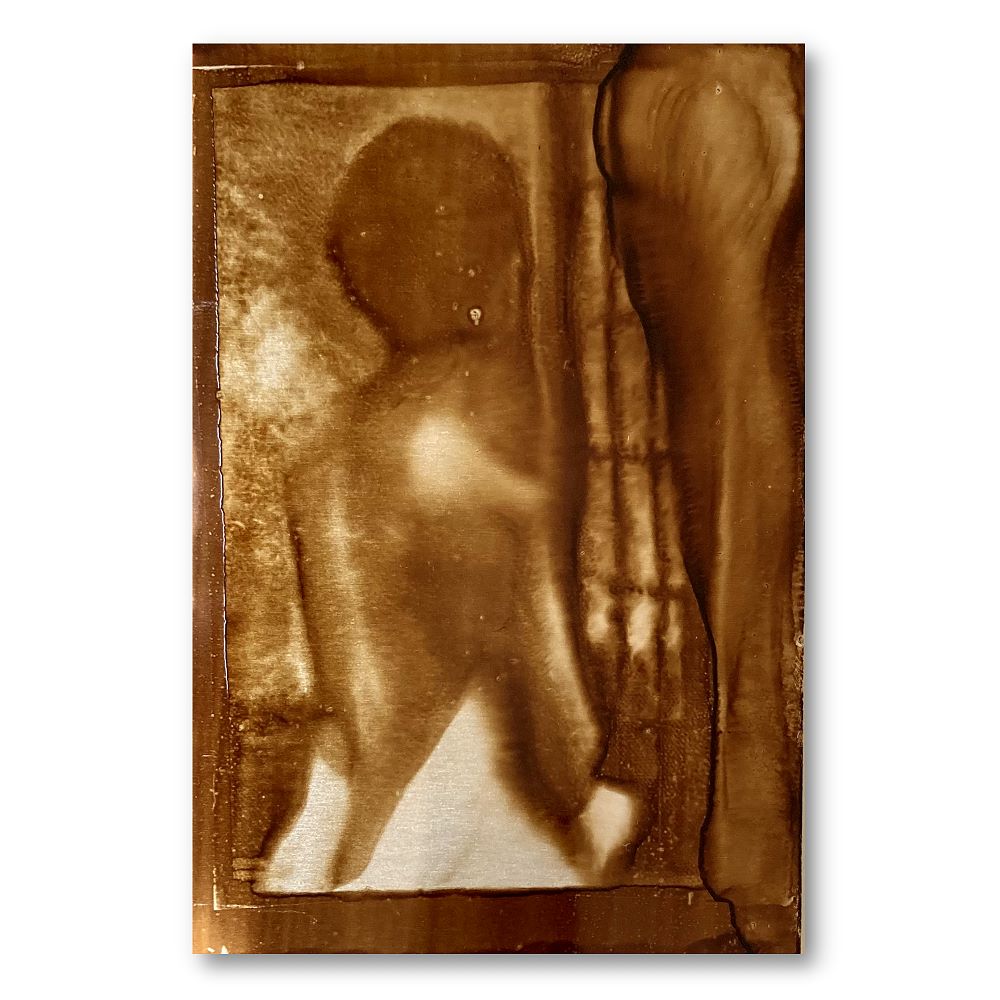
Heliography, at the window
159,00 € -

Heliography, The Dress
159,00 € -
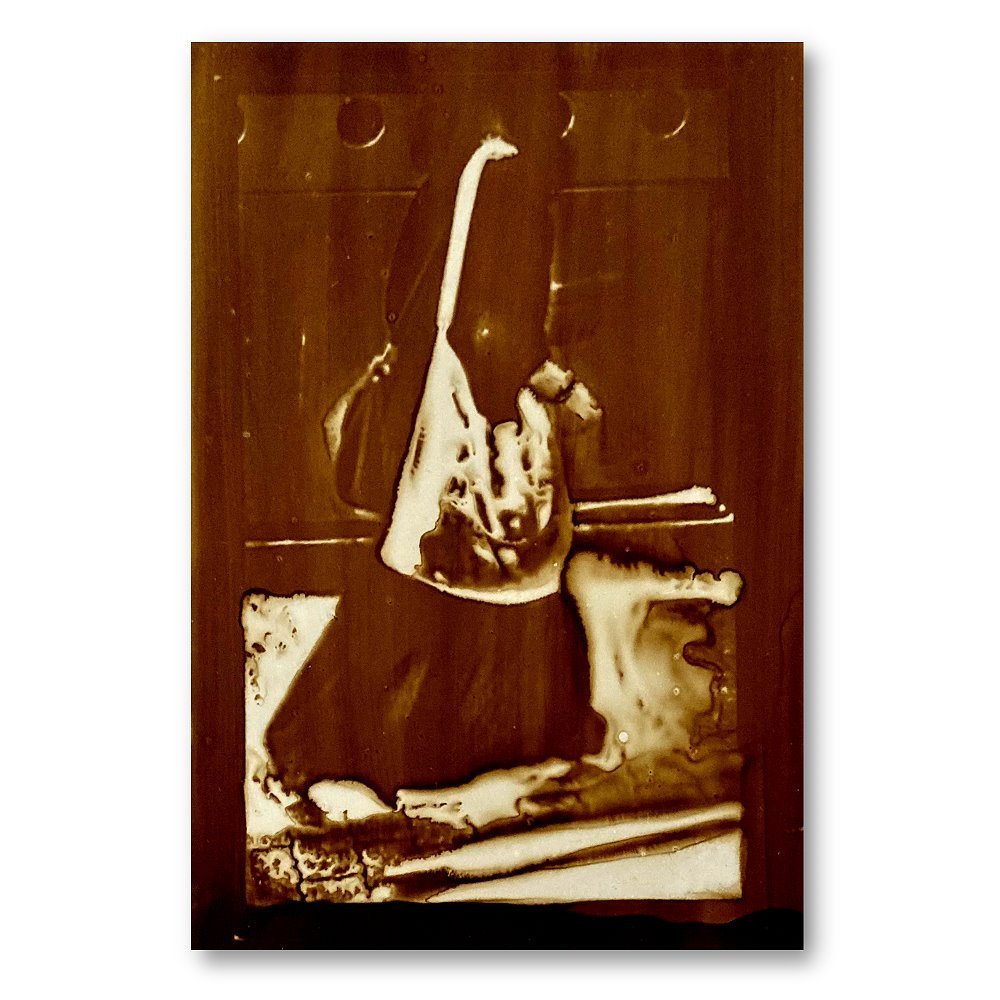
Heliography, The Wanderer, Shibuya, Tokio, Mai 2015
159,00 € -
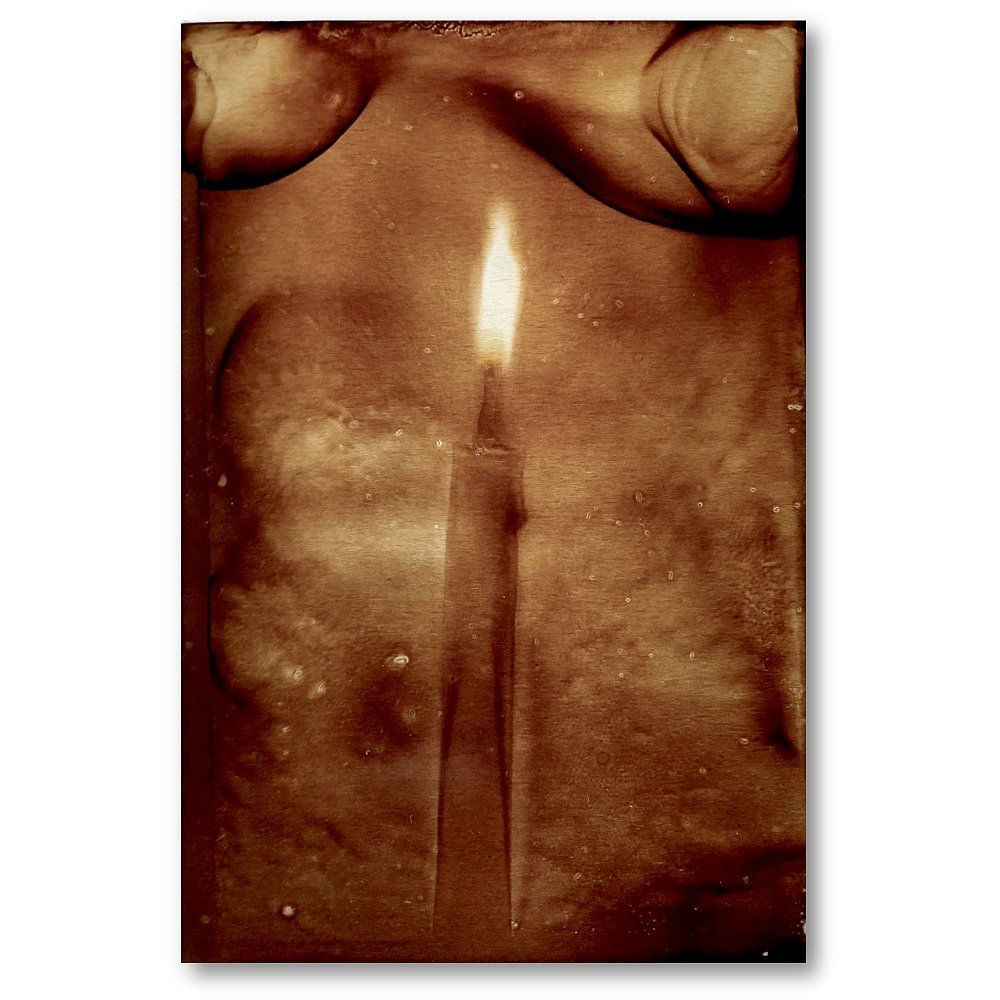
Heliography, Candle
159,00 € -

Heliography, Orwell 1984
159,00 € -
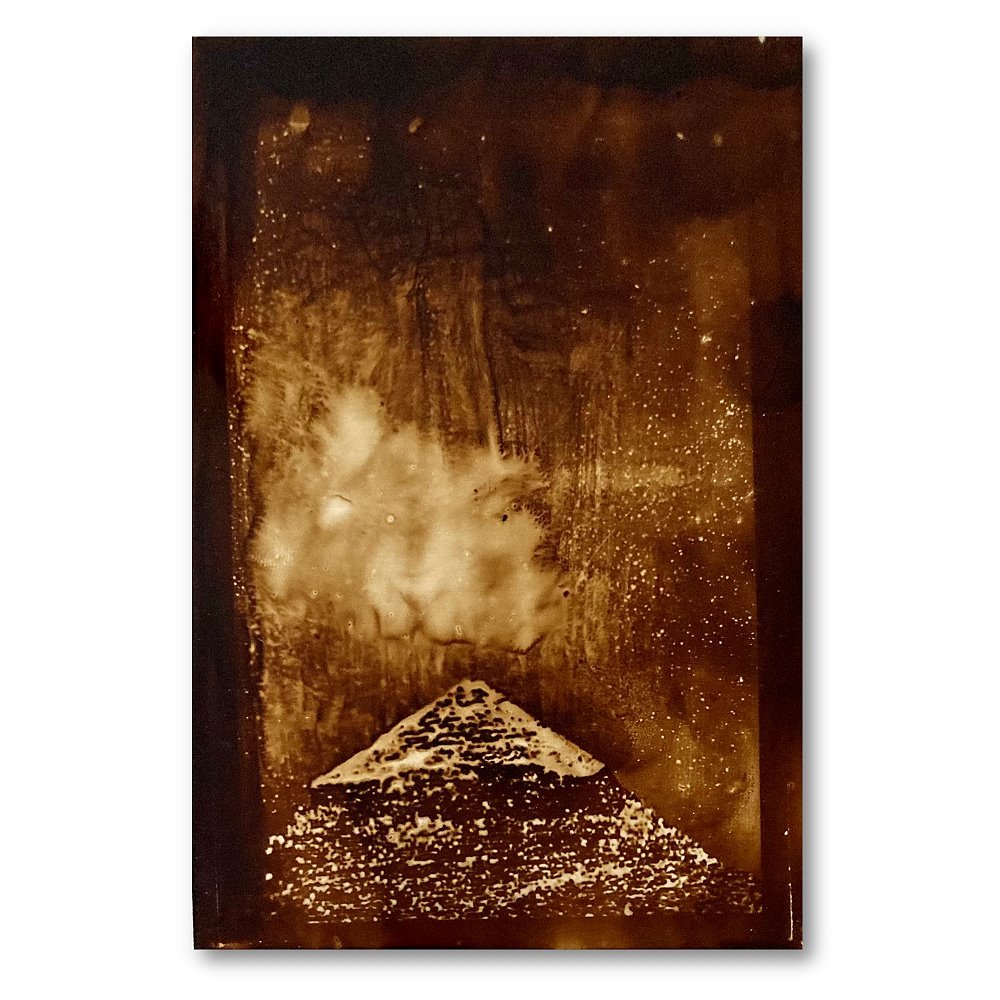
Heliography, Beginning
159,00 € -
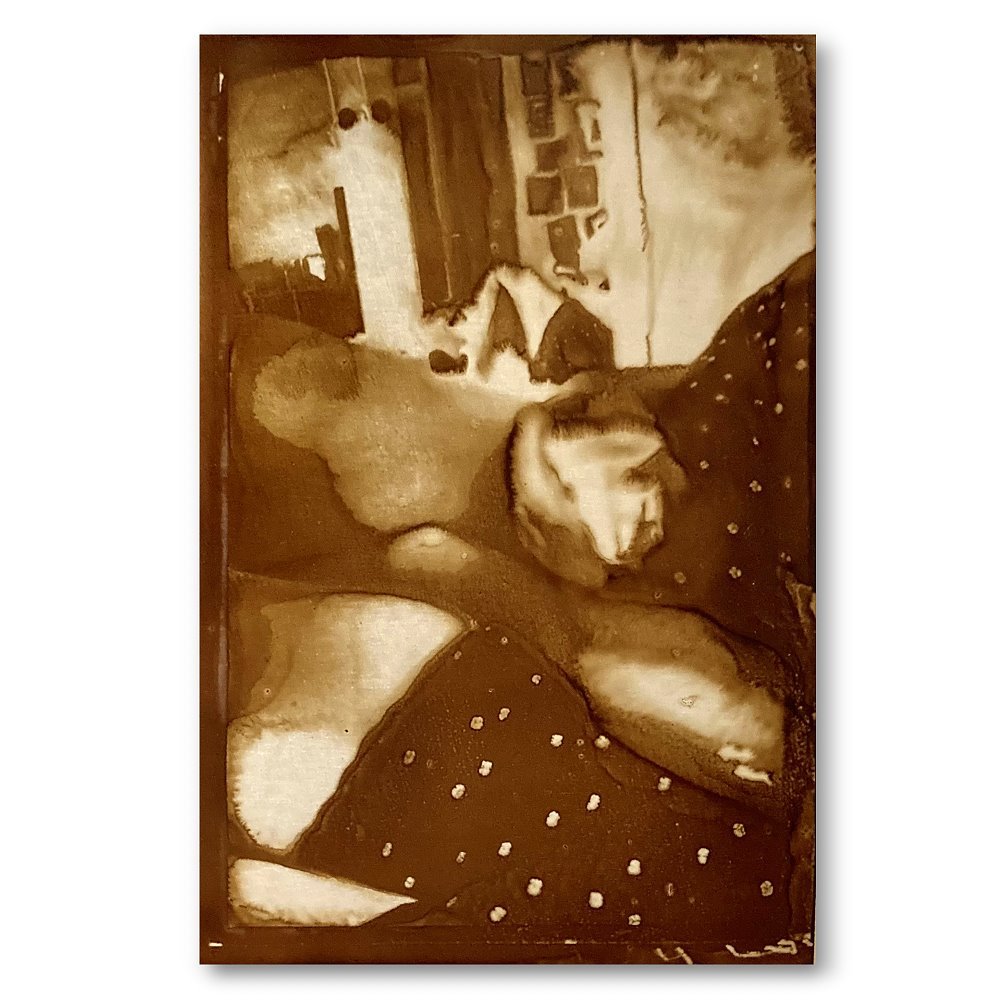
Heliography, Coffee in Bed
159,00 € -
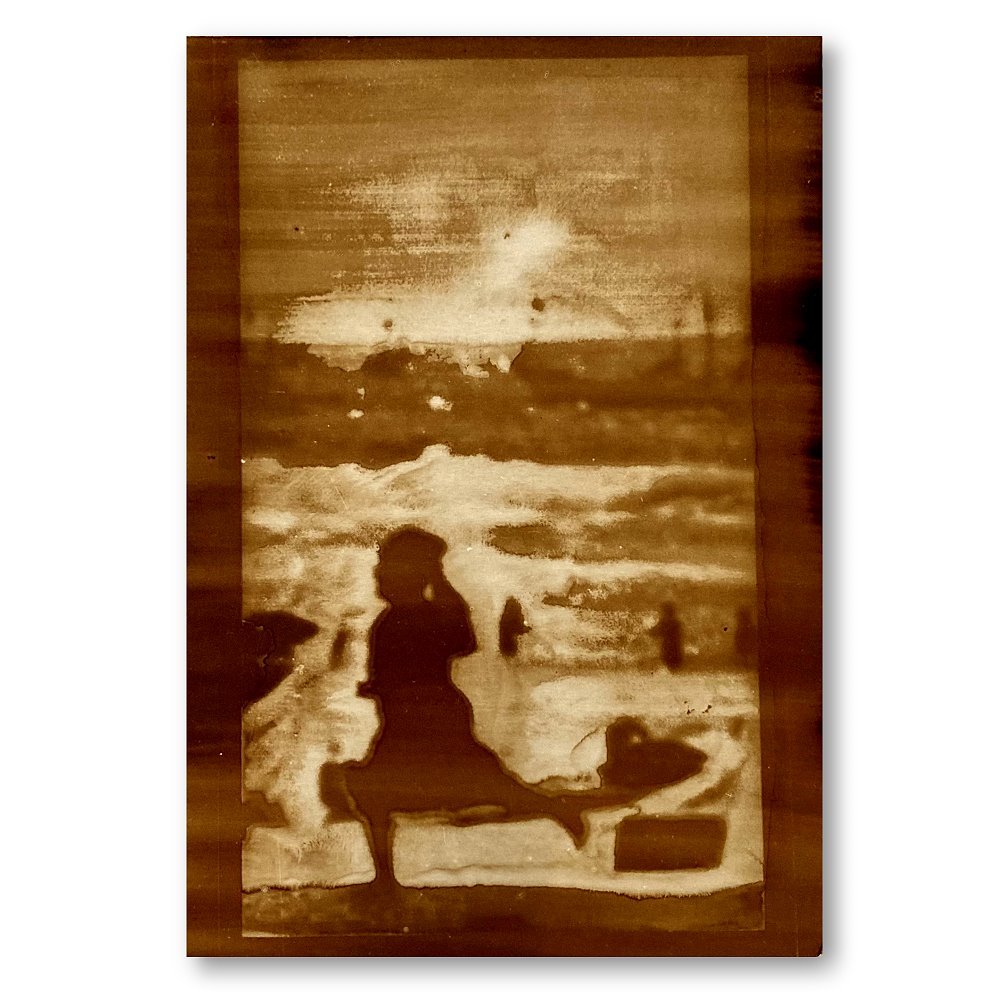
Heliography, I hear the Sound of the Sea (sold out)
-
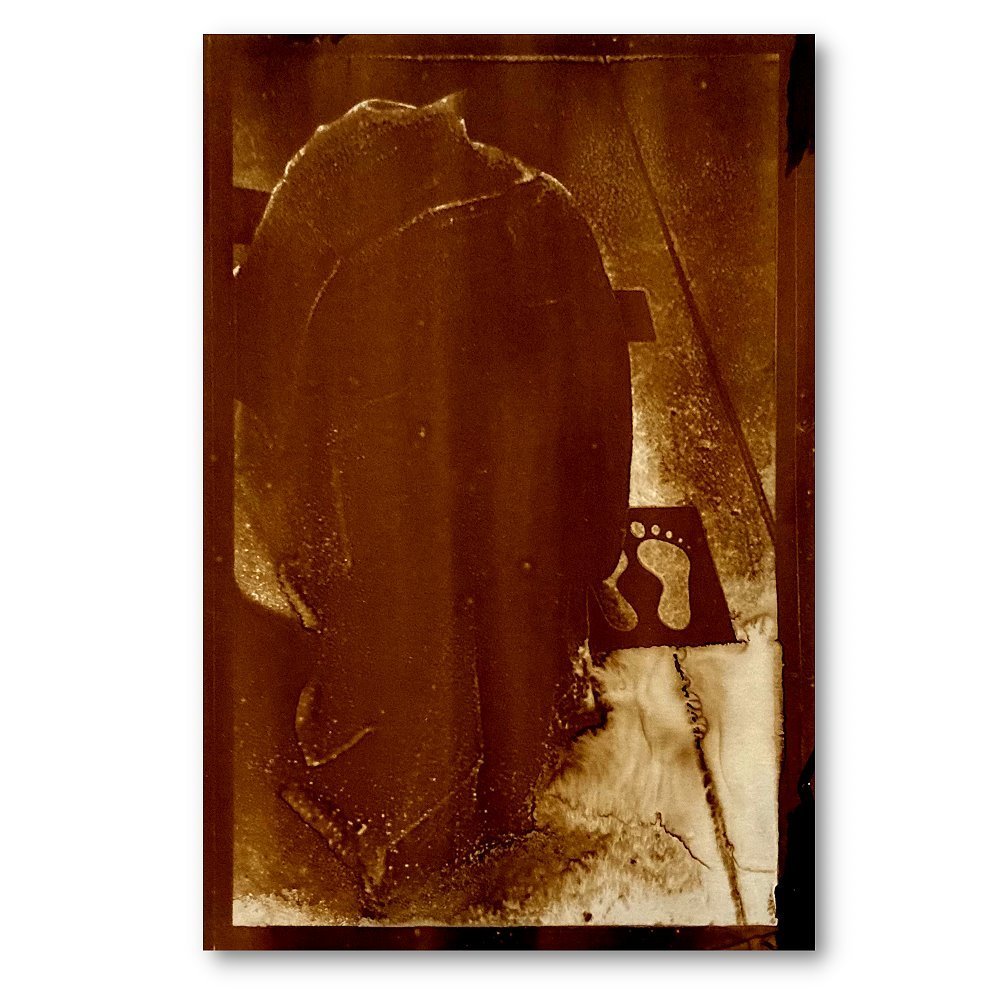
Heliography, Prayer
159,00 € -
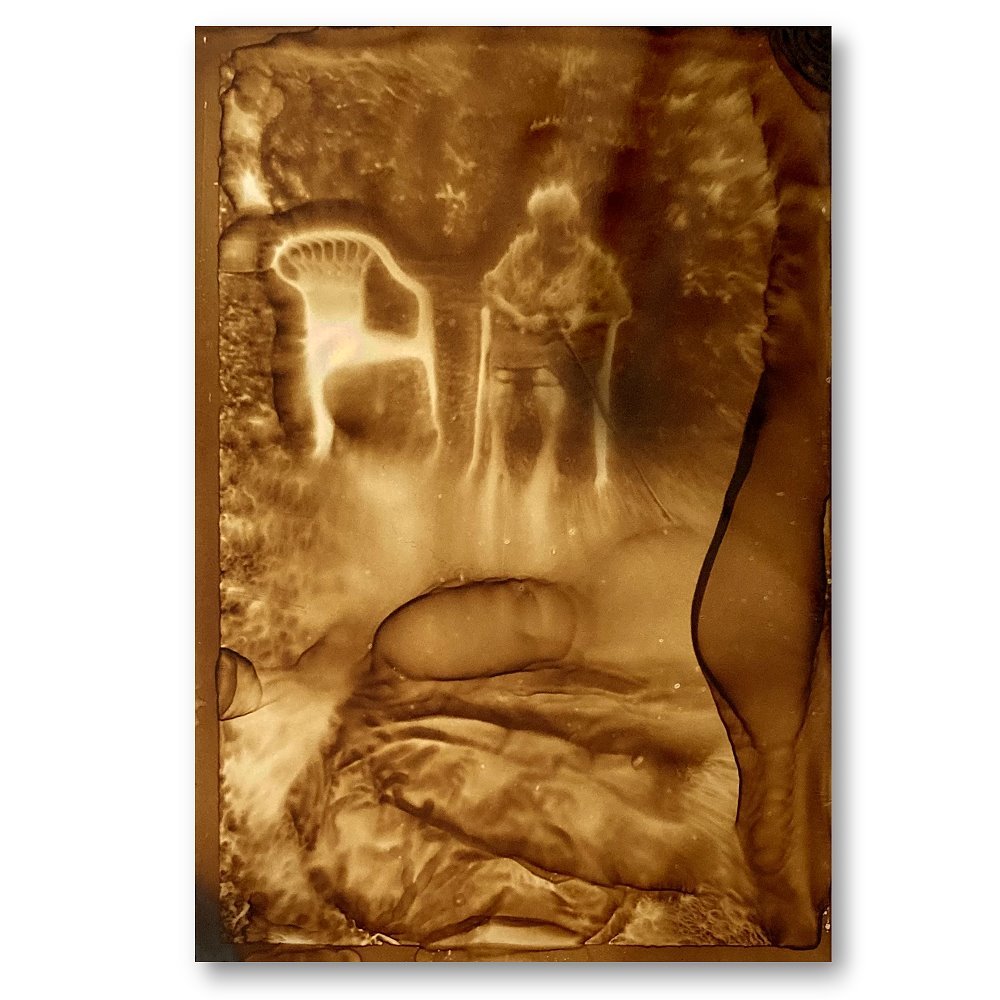
Heliography, Mother, August, 2023 (sold out)

